Boost Your Tennis Court Bids – Request a Precision Estimate!
- Accurancy
- Efficiency
- Transparency
- Customization
- Time Saving
- Professionalism
- Cost Control
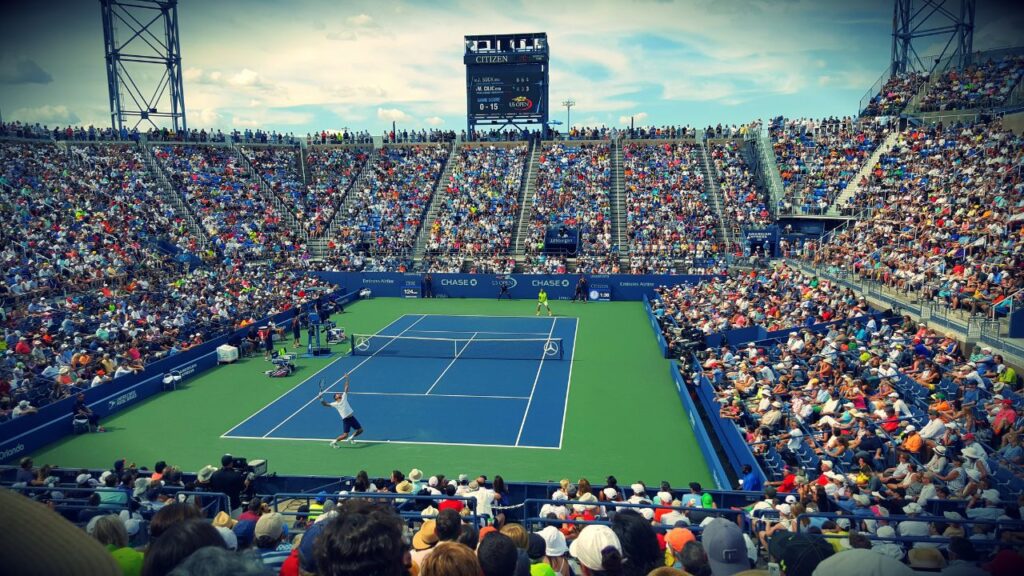
Resurfacing a tennis court is a multifaceted endeavor that goes beyond the surface, encompassing essential elements crucial for the court’s sustained performance, safety, and aesthetic appeal. Whether you find yourself at the helm of a private tennis court seeking a rejuvenation or you’re a facility manager overseeing a public space, comprehending the intricacies of the costs involved becomes an indispensable aspect of strategic budgeting and meticulous planning. This comprehensive guide aims to unravel the layers surrounding the cost dynamics of tennis court resurfacing, offering insights into the myriad factors that influence these expenses. As we navigate through the intricacies of the resurfacing process, we will illuminate the essential steps involved, providing a roadmap for achieving not only a visually appealing result but also one that stands the test of time in terms of playability and durability.
The dimensions of a tennis court, coupled with its specific type, serve as foundational elements dictating the overall cost of resurfacing. Standard tennis courts typically measure 78 feet in length and 36 feet in width, adhering to established regulations. However, variations in size, such as those seen in professional tournament courts, introduce a variable that directly impacts resurfacing expenses. Larger courts require more materials and labor, naturally resulting in higher costs. The type of court, whether it’s a traditional hard court, clay court, or grass court, also contributes to cost differentials, with each surface demanding unique materials and maintenance considerations.
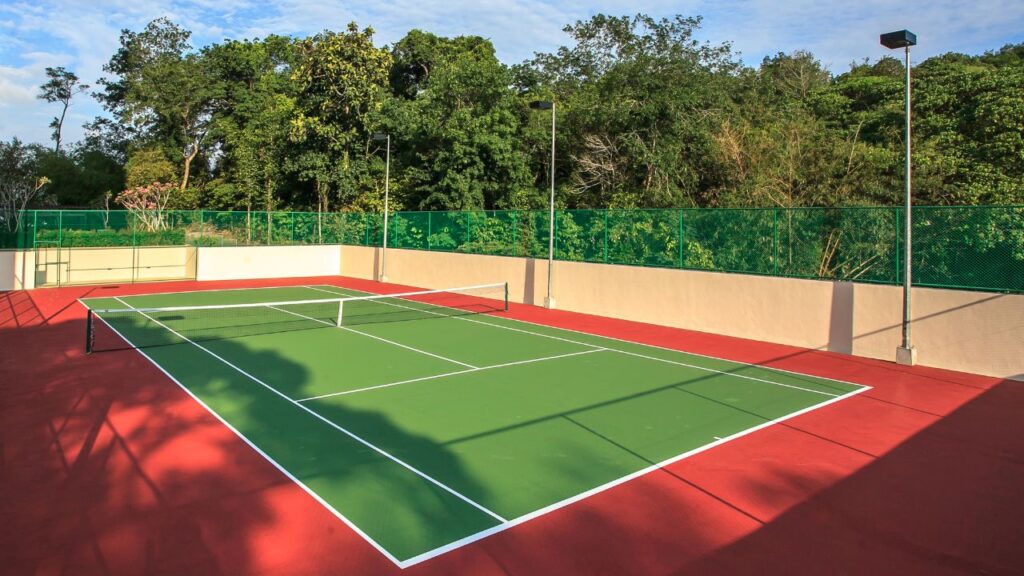
The existing condition of the tennis court’s surface serves as a pivotal factor influencing resurfacing costs. Courts exhibiting extensive cracks, uneven surfaces, or significant damage necessitate additional preparatory work before resurfacing can commence. Repairing such structural issues not only adds to the overall project timeline but also incurs supplementary costs. Therefore, an accurate assessment of the court’s condition is vital in determining the scope of both repair and resurfacing efforts.
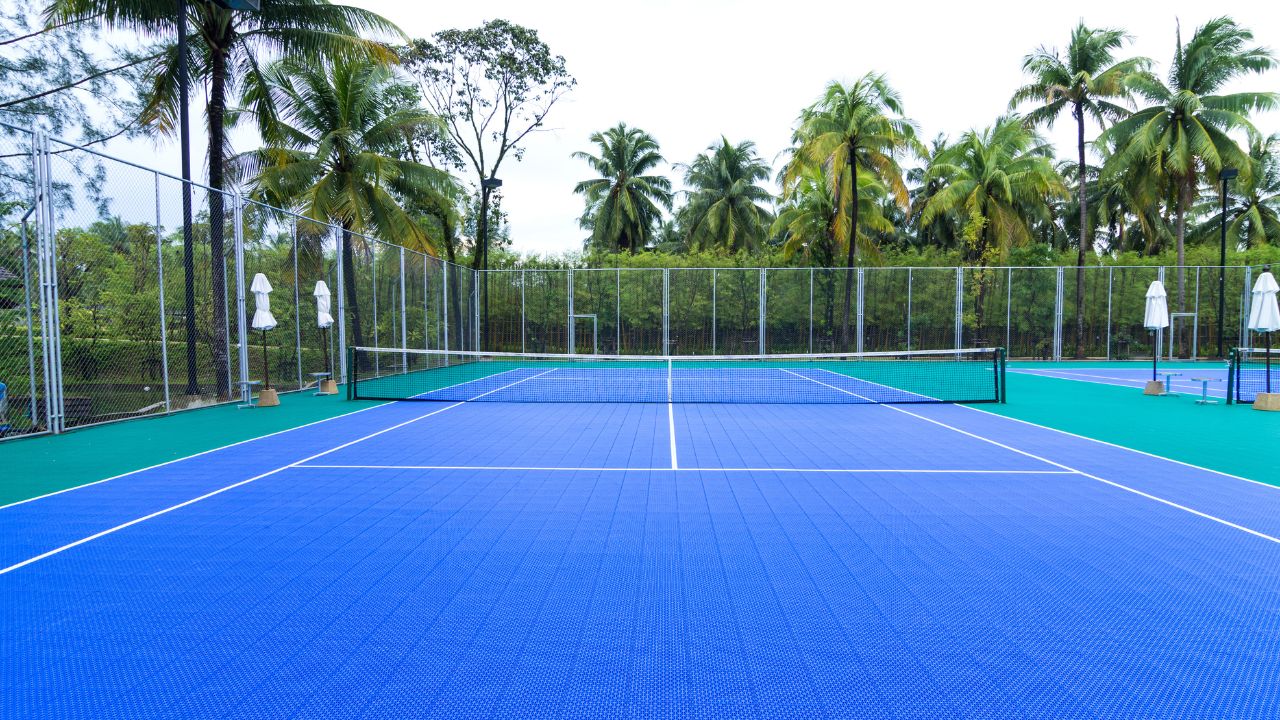
Fully Insured Licensed Hire a Contractor For Garage
Hire Contractor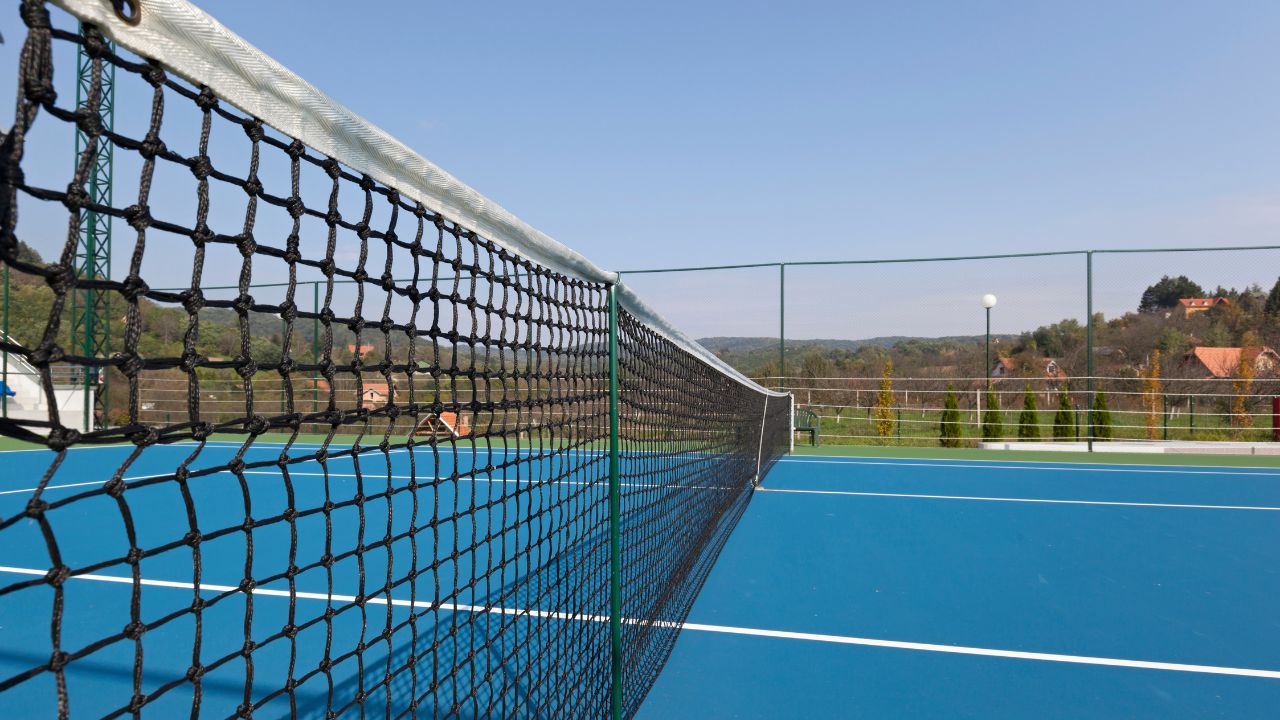
Make Informed Design Decisions Showcase Your Design Ideas
Get RenderingThe selection of the resurfacing material profoundly impacts the overall cost of the project. Tennis courts can be resurfaced with various materials, including asphalt, acrylic, or cushioned acrylic surfaces. Each material comes with its own set of cost considerations, and the choice depends on factors such as budget constraints, desired playing characteristics, and the specific needs of the players. The local climate also plays a role, as certain materials may be more suitable for withstanding temperature extremes and weather conditions.
The aesthetic choices made during the resurfacing process, such as opting for custom colors or intricate designs, can significantly contribute to the total cost. While standard court colors are often more budget-friendly, clients seeking a personalized touch or branding elements may choose custom options. The complexity of the design and the number of colors used can influence both material and labor costs. While these aesthetic enhancements can elevate the visual appeal of the tennis court, they do come at an additional expense that should be factored into the overall budget.
The geographic location of the tennis court is a variable that introduces cost fluctuations due to variations in labor rates, material availability, and local regulations. Urban areas or regions with higher living costs generally experience higher resurfacing expenses. Local contractors may charge different rates based on the prevailing economic conditions of the area. Additionally, material prices can vary regionally, affecting the overall project cost. Understanding the cost landscape specific to the geographic location is essential for accurate budgeting and planning.
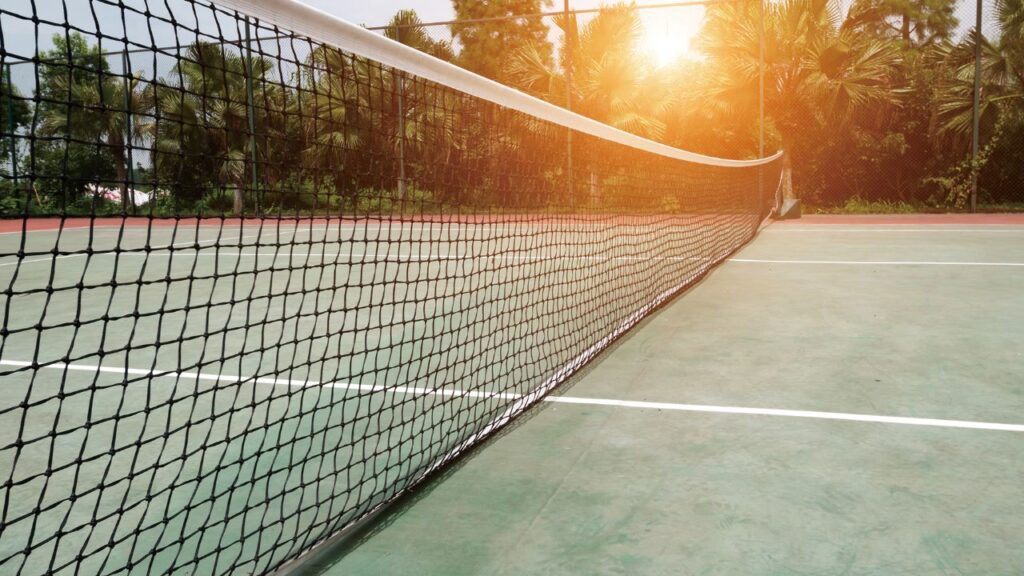
The initial step in tennis court resurfacing involves a comprehensive cleaning and repair process. The existing court surface is meticulously cleaned to remove accumulated debris, dirt, and any loose material that could compromise the integrity of the new surface. Cracks and damages on the court are identified and repaired to ensure a stable and even base for the subsequent resurfacing layers. This preparatory stage is crucial in laying the foundation for a durable and high-quality resurfaced tennis court.

Following the thorough cleaning and repair, an acrylic resurfacer is applied to the tennis court surface. This specialized material serves as a bonding layer between the existing court and the new coatings. The acrylic resurfacer is designed to fill in small cracks and imperfections, creating a smooth and uniform surface. This layer enhances the adhesion of subsequent coatings, contributing to the overall longevity and performance of the resurfaced tennis court.
One of the most visually impactful steps in the resurfacing process is the application of the color coating. This layer not only adds aesthetic appeal to the tennis court but also plays a crucial role in providing additional protection and durability. Clients can choose from a variety of standard colors or opt for custom choices, allowing for a personalized touch. The color coating is carefully applied to ensure an even and consistent appearance, enhancing the overall visual quality of the tennis court.
Once the color coating has dried, the next step involves the precise application of tennis court markings and striping. This step is essential for transforming the smooth surface into a fully functional tennis court. Baselines, service lines, centerlines, and other court markings are meticulously measured and applied. Accurate line striping is crucial not only for the professional appearance of the court but also for ensuring that it complies with standard tennis regulations. Proper alignment and measurements during this step contribute to the overall functionality and professional finish of the resurfaced tennis court.
In certain cases, players may opt for an additional layer of cushioning, especially if they prioritize enhanced shock absorption and joint protection. This optional step involves the application of a cushioned acrylic layer on top of the color coating. The cushioning provides a more forgiving surface, reducing the impact on players’ joints during gameplay. While not a mandatory step, the addition of cushioning can significantly contribute to player comfort and injury prevention, making it a consideration for those seeking an extra layer of performance enhancement.
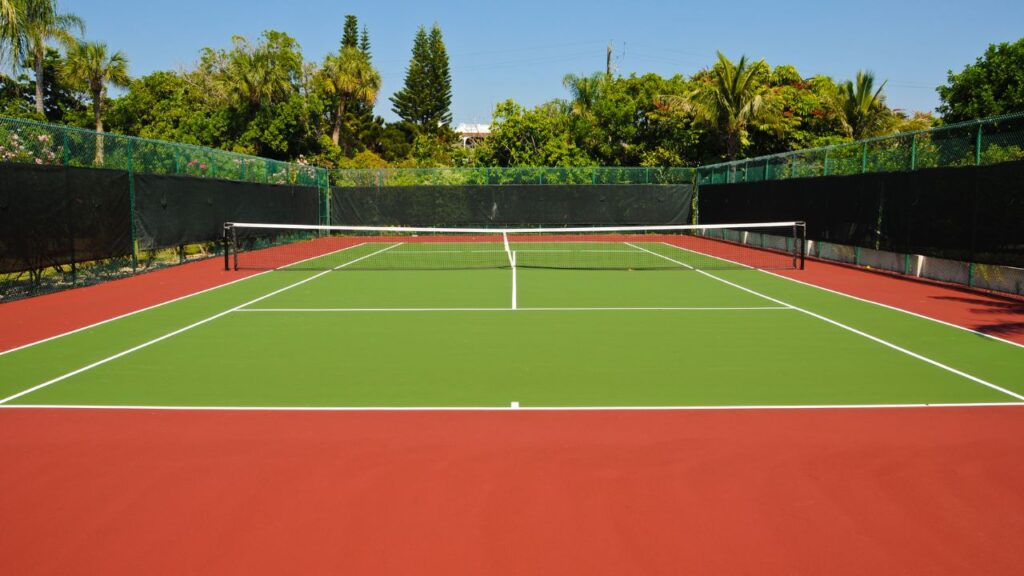
Understanding each of these steps in the tennis court resurfacing process is vital for both facility managers and tennis enthusiasts. By comprehending the intricacies involved, individuals can make informed decisions, plan effectively, and ensure the successful transformation of a worn-out tennis court into a revitalized and high-performing recreational space.
One of the initial and most crucial considerations for a successful tennis court resurfacing project is engaging the services of a professional contractor for a comprehensive assessment. The contractor’s expertise is invaluable in evaluating the current condition of the tennis court and providing informed recommendations. Their assessment will help determine the scope of work required for resurfacing and identify any additional repairs needed to address underlying issues. By relying on a professional assessment, property owners or facility managers can make well-informed decisions, ensuring that the resurfacing project addresses all relevant factors for a successful outcome.
Receive highly accurate estimates tailored to your zip code, giving you the edge to secure more projects. Upload your plans and start winning!
The quality of materials used in the resurfacing process is a critical factor that directly influences the longevity and durability of the tennis court surface. While opting for high-quality resurfacing materials may entail a higher initial cost, it is a wise investment in the court’s long-term performance. Superior materials contribute to a more resilient surface that can withstand the rigors of regular play, weather conditions, and other environmental factors. Choosing top-tier materials is a proactive approach to minimize the need for frequent repairs, resulting in a cost-effective and enduring resurfacing solution.
Implementing a proactive and regular maintenance schedule is essential to extend the life of the resurfaced tennis court. Routine maintenance activities, such as cleaning, inspections, and addressing minor issues promptly, play a pivotal role in preventing major repairs over time. Regular cleaning removes debris, dirt, and contaminants that can deteriorate the court surface. Periodic inspections help identify early signs of wear or damage, allowing for timely interventions. By incorporating a systematic maintenance plan, property owners and facility managers can preserve the quality of the resurfaced court, optimize its performance, and avoid potential issues that may arise without proper care.
Taking these considerations into account sets the stage for a successful tennis court resurfacing project. By relying on professional assessments, investing in high-quality materials, and implementing regular maintenance practices, individuals can ensure that the resurfaced court not only meets immediate expectations but also stands the test of time, providing a durable and enjoyable playing surface for years to come.
The good news is, there’s no one-size-fits-all answer. The cost of resurfacing a tennis court can vary from $4,000 to $12,000 for a standard acrylic hard court, depending on several factors:
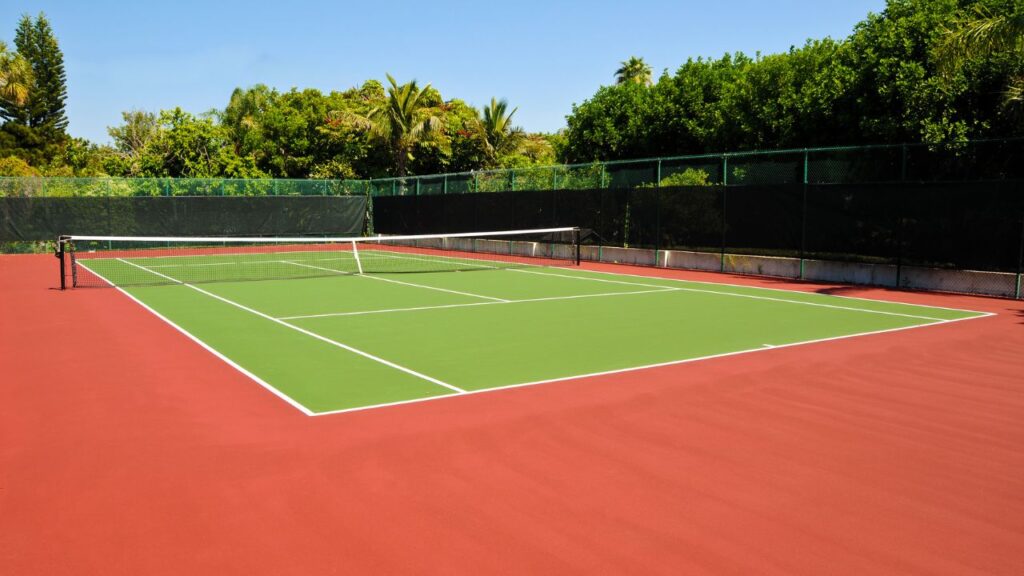
Here’s a rough breakdown of a typical hard court resurfacing project:
Resurfacing is more than an expense; it’s an investment in your court’s lifespan and playability. Experience:
Enhanced Safety: Smoother surfaces reduce slips and injuries.
Improved Performance: Consistent bounce and grip elevate play.
Boosted Curb Appeal: A fresh court adds property value and attracts players.

Fully Insured Licensed Hire a Contractor For Garage
Hire Contractor
Make Informed Design Decisions Showcase Your Design Ideas
Get RenderingIn the world of tennis court resurfacing, the journey from wear to revitalization is an investment in the core of the game. This guide has unraveled the intricacies, exploring factors influencing costs, the steps involved, and key considerations.
Understanding the dynamics of cost factors, from court size to surface material, allows for strategic budgeting. The resurfacing steps, from cleaning to optional cushioning, create a roadmap for durability and playability.
Considerations for success, like professional assessments and quality materials, set the stage for a court that exceeds expectations. The cost breakdown, from labor to customization, offers flexibility for various preferences and budgets.
Resurfacing is not just an expense; it’s a commitment to the future of the game. A revitalized court enhances safety, improves performance, and boosts curb appeal, adding value beyond aesthetics. It’s a celebration of the transformation, a dedication to the game, and an enduring investment in the joy of tennis.
The cost varies based on factors like court type, size, and location. For a standard acrylic hard court, it can range from $4,000 to $12,000.
Key factors include court size, type, surface condition, chosen materials, color/design preferences, and geographic location.
Various courts like hard courts (acrylic, asphalt), clay courts, and grass courts can undergo resurfacing, each with its unique considerations.
Yes, opting for custom colors or intricate designs can contribute to the overall cost. Standard colors are often more budget-friendly.
Engaging a professional contractor is crucial for a comprehensive assessment of the court’s condition and informed recommendations for successful resurfacing.
Urban areas or regions with higher living costs may experience higher resurfacing expenses due to variations in labor rates and material availability.
Cushioning is optional but can enhance shock absorption and joint protection. It depends on player preferences and priorities.
Shopping around for quotes, opting for basic colors, scheduling during the off-season, and DIY minor repairs are strategies for budget-conscious resurfacing.
Resurfacing is an investment that enhances safety, improves performance, and boosts curb appeal, adding long-term value to the court and property.
Implementing a proactive and regular maintenance schedule is essential to extend the life of the resurfaced tennis court. Regular cleaning, inspections, and addressing minor issues promptly are key components of maintenance.
Here I am going to share some steps to get your Cost to Resurface a Tennis Court Estimating report.
You can send us your plan on info@estimatorflorida.com
Before starting your project, we send you a quote for your service. That quote will have detailed information about your project. Here you will get information about the size, difficulty, complexity and bid date when determining pricing.
Our team will takeoff and estimate your project. When we deliver you’ll receive a PDF and an Excel file of your estimate. We can also offer construction lead generation services for the jobs you’d like to pursue further.

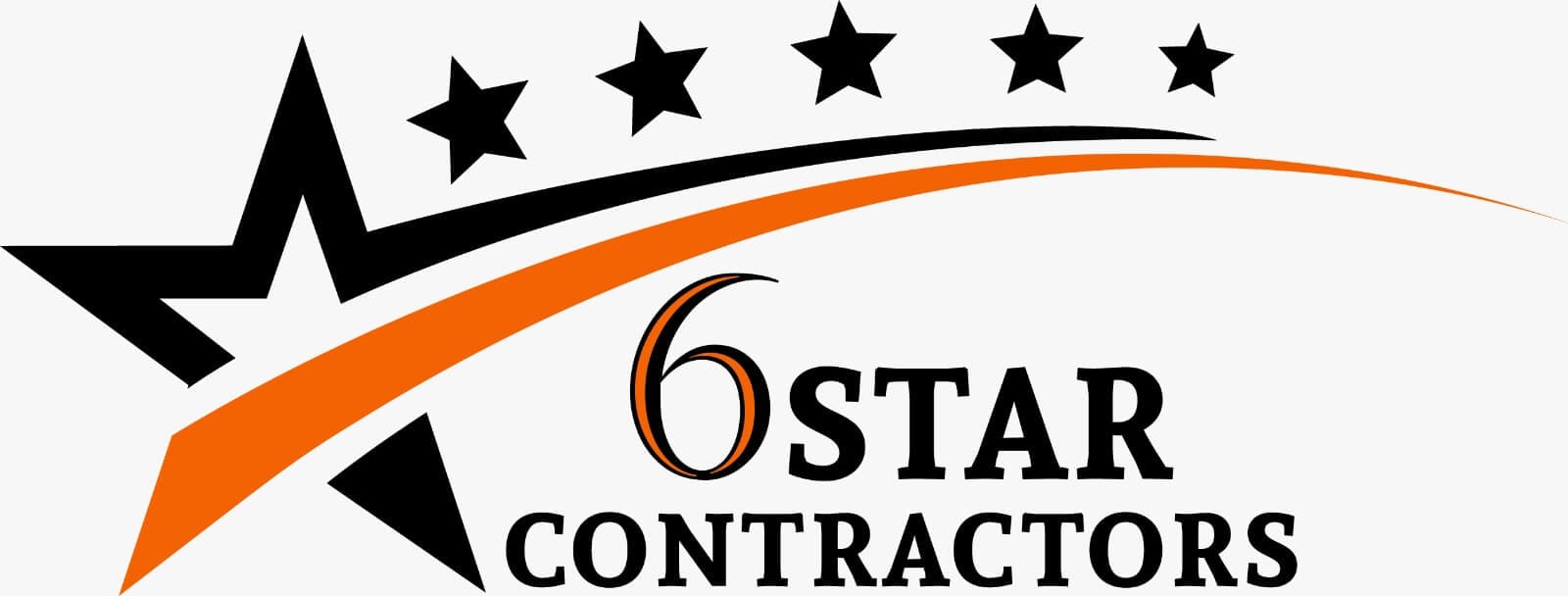

561-530-2845
info@estimatorflorida.com
Address
5245 Wiles Rd Apt 3-102 St. Pete Beach, FL 33073 United States
561-530-2845
info@estimatorflorida.com
Address
5245 Wiles Rd Apt 3-102 St. Pete Beach, FL 33073 United States
All copyright © Reserved | Designed By V Marketing Media | Disclaimer